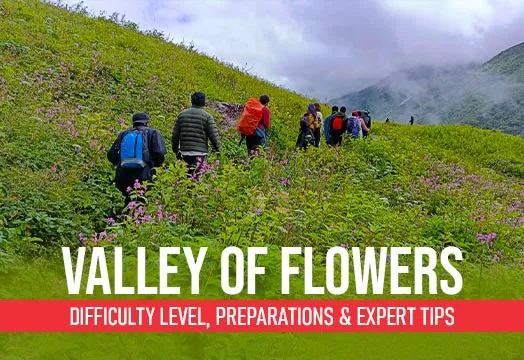High-altitude trekking has become quite popular in our country over the last decade. More and more people are venturing into the mountains to get a taste of thrill and freedom. The treks above 8,200 ft are usually considered as a high-altitude trek and the Himalayan mountain ranges offer an abundance of opportunity for high-altitude trekking. The challenge and the natural beauty of a high-altitude trek are what attract enthusiasts from all across the globe to conquer the mountains. Apart from these, there are many things that you can learn from a high-altitude trek. You improve both physically and mentally developing resilience in both the areas, you get to connect with nature on a deeper level and learn about different customs in the remote villages of the mountains. There is so much that a high-altitude trek has to offer. In this article, we delve into the many things that a trek can teach us. So without any delay let’s move ahead
9 Things High-Altitude Trekking Teaches You
1. Push your physical limits
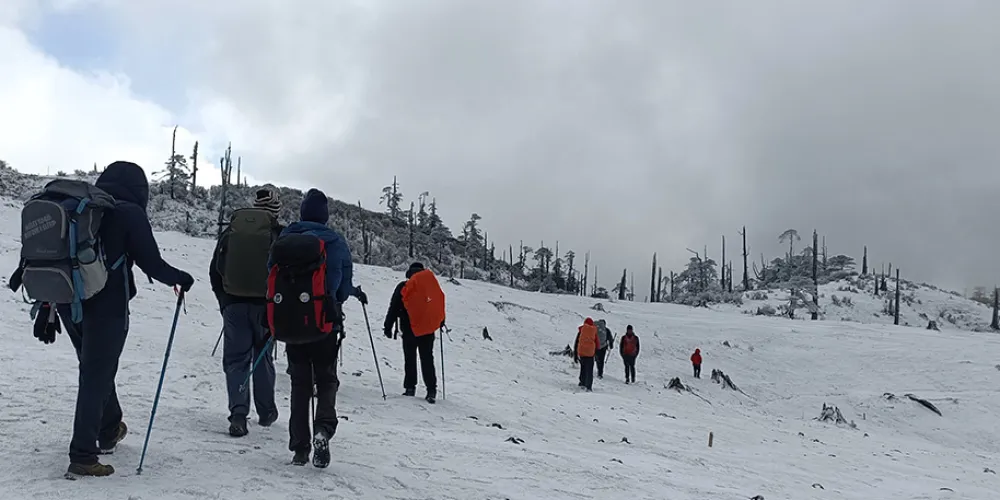
High-altitude trekking is a challenging and exhilarating adventure that not only tests your physical endurance but also pushes you to discover new depths of strength within yourself. As you ascend to higher altitudes, the air becomes thinner, containing less oxygen, making every step a test of resilience and determination. As you climb higher, your body has to work harder to extract the limited oxygen available, leading to increased breathing and heart rate. This places a substantial demand on your cardiovascular system, forcing it to adapt and become more efficient. The heart muscles strengthen, and your lung capacity may expand as your body strives to cope with the reduced oxygen supply, ultimately improving overall cardiovascular fitness.
Moreover, the varied terrain and steep inclines characteristic of high-altitude environments engage different muscle groups, providing a full-body workout. The constant ascent and descent require strong leg muscles, particularly the quadriceps and calf muscles, while the uneven surfaces challenge your balance and stability, engaging core muscles.
2. Develop mental resilience
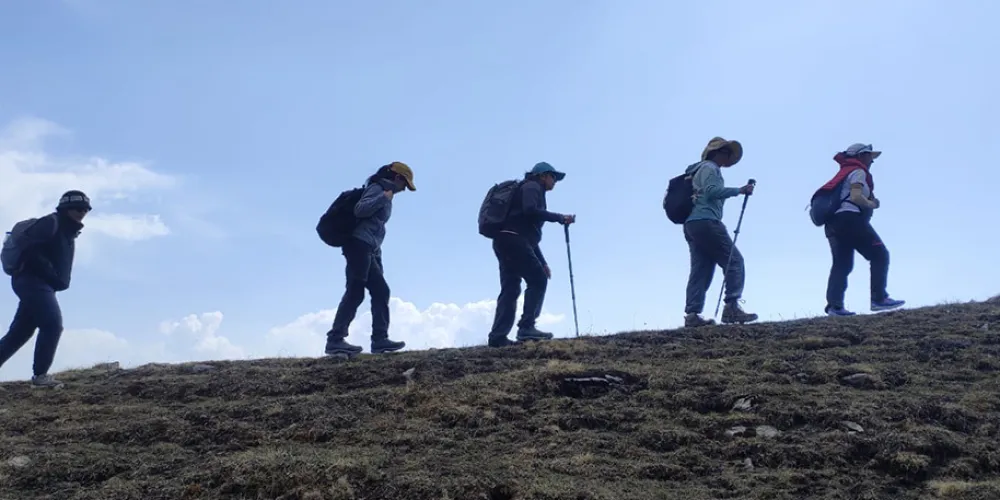
A high-altitude trek is not just a test of physical endurance but a profound test of mental resilience as well. High-altitude environments present numerous challenges, including thin air, extreme temperatures, and unpredictable weather conditions. As trekkers navigate through these obstacles, they learn to adapt quickly and efficiently to unexpected changes. This adaptability is a crucial component of mental resilience, as it allows individuals to face adversity with a positive mindset and find solutions to unforeseen problems. The ability to push through fatigue, discomfort, and self-doubt is a testament to mental resilience. Trekkers learn to overcome the negative thoughts that may arise during challenging moments, focusing instead on the end goal and the steps needed to reach it.
Trekkers learn to cope with the unpredictability of their surroundings, embracing the idea that not everything can be controlled. This acceptance of uncertainty is a valuable skill in building mental resilience, as it encourages individuals to focus on what they can influence rather than dwelling on what is beyond their control.
3. Build the qualities of teamwork and leadership
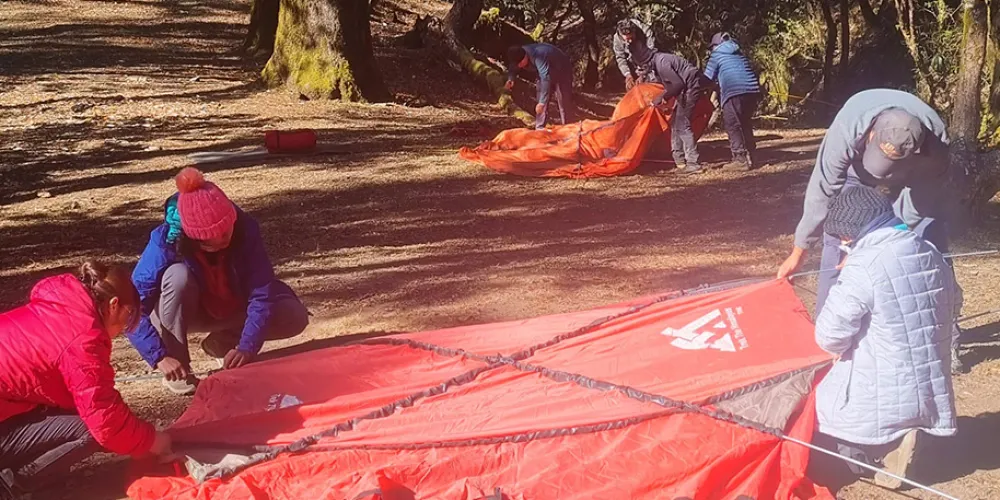
A high-altitude trek and its diverse terrain provide many challenges and this can actively contribute to the development of leadership qualities and teamwork. Reaching the summit is the shared objective of the entire group. The success of the entire team is intricately linked to the well-being and performance of each member. This interdependence develops a sense of unity and cooperation, emphasizing that the group's success relies on collaborative effort. Clear and open communication becomes crucial, and individuals learn to express themselves concisely while actively listening to others. This enhances overall teamwork and ensures everyone is on the same page. Whether helping a teammate carry a heavy load or offering words of motivation during a difficult climb, mutual support strengthens the team's bond and builds a foundation of trust.
Also, the weather in a high-altitude trek is unpredictable. Weather conditions can shift rapidly, and trekkers must adapt to changes in the plan. The ability to adjust strategies and plans on the fly is a key aspect of leadership. Trekking experiences teach individuals to be flexible and responsive to unforeseen challenges, giving rise to leadership qualities that are essential in dynamic situations.
4. Become adept in decision-making
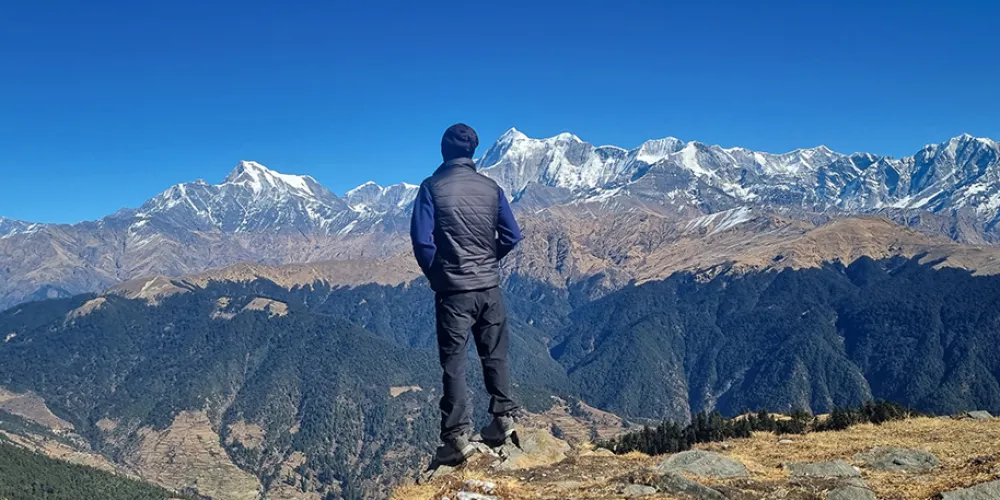
The journey through varying landscapes and unpredictable conditions in a high-altitude trek demands constant assessment and choice. Trekking often involves inherent risks such as changes in weather, difficult terrains, or the potential for altitude sickness. Trekkers learn to assess risks associated with each step of their journey. This includes evaluating the weather forecast, gauging the difficulty of the trail, and recognizing personal physical limitations. Decision-making in trekking requires a careful balance between ambition and safety. Decisions about when to rest, when to consume resources, and when to push forward are crucial. Trekking instills an acute awareness of available resources and the need to make decisions that optimize their use to ensure both short-term and long-term well-being.
5. Develop patience
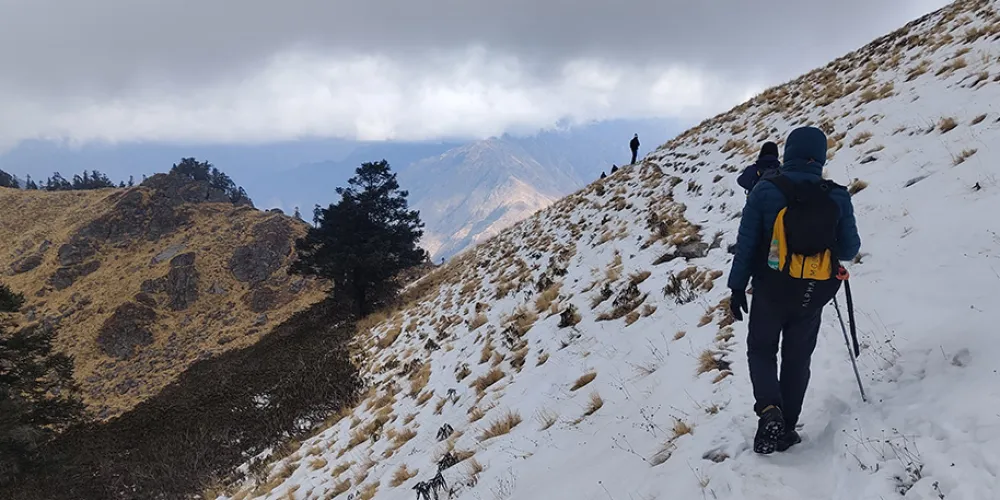
The challenges posed by a high-altitude trek often push people to develop resilience and patience. Trekking often involves covering long distances over multiple days. The vastness of the journey necessitates a long-distance perspective, teaching trekkers that success is not instantaneous. Patience is cultivated as individuals learn to appreciate incremental progress and focus on the ultimate goal, understanding that the journey itself is as important as reaching the destination. Weather, trail conditions, and even wildlife encounters are beyond one's control. Developing patience involves accepting and adapting to the unpredictable elements of the journey, and understanding that some factors are simply beyond human influence.
6. Learn to be self-reliant
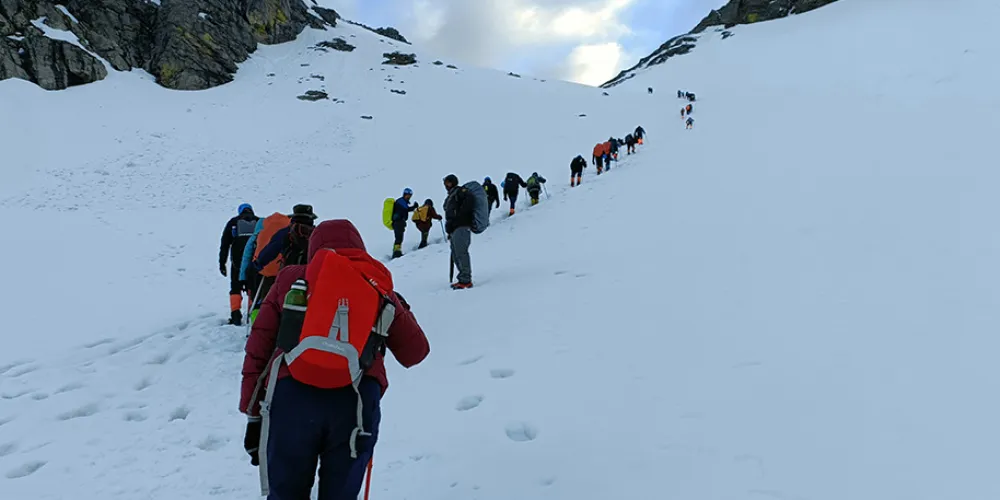
Trekking exposes individuals to a range of environmental conditions, from extreme temperatures to sudden weather changes. Acquiring survival skills, such as building a shelter, starting a fire, and sourcing clean water, instills a sense of self-reliance. Trekkers learn to rely on their resourcefulness and adaptability to overcome challenges in the wilderness. The trekking experience requires individuals to manage their gear efficiently. From packing essentials to setting up a campsite, trekkers become self-sufficient in organizing and caring for their equipment. This skill not only ensures comfort during the trek but also generates a sense of independence as individuals take charge of their belongings.
7. Develop a sense of responsibility for the environment
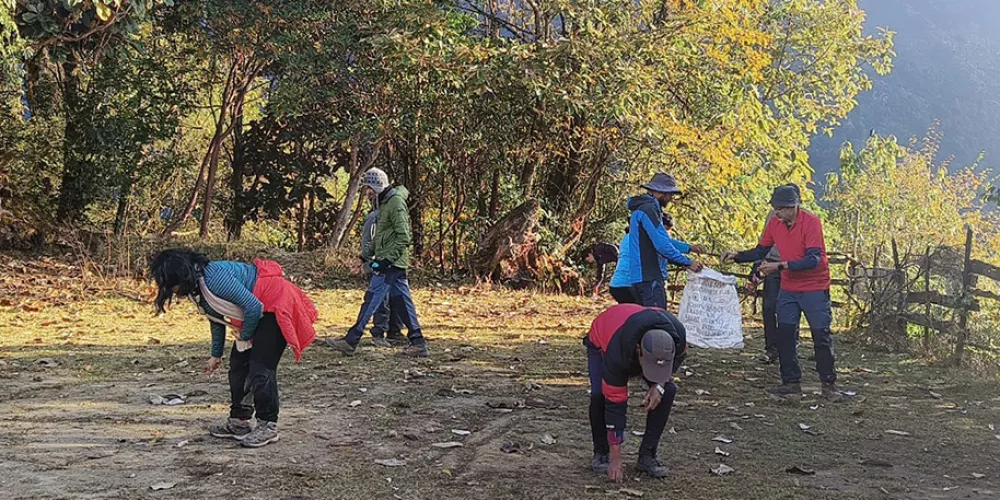
Trekking offers a direct and immersive experience with the natural environment. As individuals navigate through forests, cross rivers, and ascend mountains, they gain a firsthand understanding of the ecosystems they encounter. This direct interaction sparks a sense of connection and appreciation for the natural world. We promote “Leave No Trace” principles in our trekking emphasizing minimizing human impact on the environment. Trekkers learn to respect and preserve the wilderness by avoiding littering, minimizing campfire impact, and staying on designated trails. Adhering to these principles instills a sense of responsibility for maintaining the integrity of the landscapes they traverse. Responsible trekkers carry out all their trash, including biodegradable waste, and dispose of it properly. This hands-on experience in waste management encourages a sense of accountability for one's environmental footprint and contributes to the preservation of pristine natural areas. Trekking also exposes individuals to diverse ecosystems and the rich biodiversity present in different regions. Witnessing the variety of flora and fauna fosters an appreciation for the delicate balance of ecosystems. Trekkers often develop a sense of responsibility to protect and preserve the biodiversity they encounter, understanding the interconnectedness of all living organisms.
Trekking encourages individuals to adopt a long-term perspective on environmental sustainability. As trekkers witness the impacts of climate change, deforestation, and pollution, they develop a sense of responsibility for future generations. This perspective motivates them to actively contribute to environmental conservation efforts beyond their trekking experiences.
8. Learn to appreciate different cultures and traditions
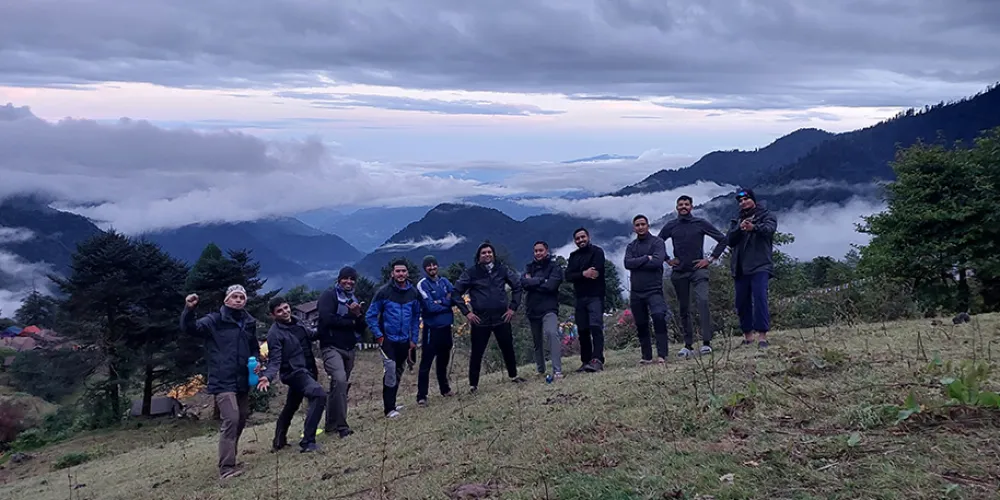
A high-altitude trek often takes individuals through remote and less-explored regions where indigenous communities reside. This immersive experience allows trekkers to witness daily life, traditions, and cultural practices firsthand. Interacting with locals provides a unique insight into the richness of different cultures. Trekkers may encounter linguistic diversity, learning a few basic phrases or greetings. This exposure to diverse languages ignites an appreciation for the linguistic tapestry of the world and the importance of language in preserving cultural identity. Local foods and traditional recipes offer a flavorful insight into the cultural heritage of the communities along the trekking route. Sharing meals with locals becomes a cultural exchange, allowing trekkers to appreciate the significance of food in different cultures. Trekkers may have the opportunity to observe or participate in local craftsmanship, such as weaving, pottery, or traditional dance. Engaging with these artistic expressions provides a deeper understanding of the cultural significance attached to these practices. Ruins, ancient structures, or pilgrimage sites often hold cultural and historical value. Trekkers gain an appreciation for the stories and histories embedded in these places, connecting them to the cultural tapestry of the region. Understanding and adhering to cultural norms, whether related to dress, behaviour, or religious practices, becomes integral to the trekking experience. This respect builds an appreciation for the diversity of cultural expressions. Trekking often brings together individuals from various backgrounds and cultures. The shared experience of trekking creates a platform for cross-cultural connections and exchanges. Trekkers learn from one another, share stories, and celebrate the diversity within the trekking community itself.
9. Connect with nature on a profound level
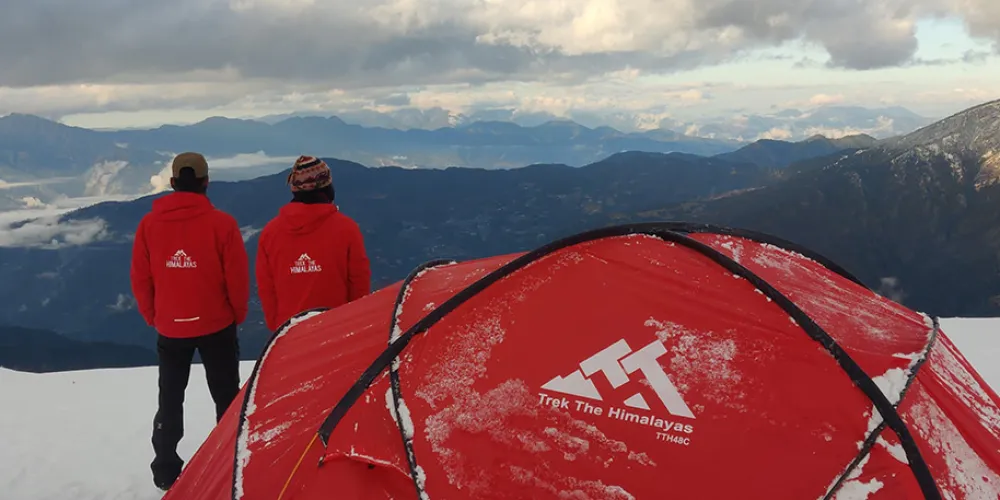
Trekking takes individuals away from urban landscapes and into the heart of nature. Being surrounded by mountains, forests, rivers, and open skies allows trekkers to fully engage their senses, creating a deep connection with the natural world. Witnessing the variety of plant and animal life fosters a profound appreciation for biodiversity. Trekkers come to understand the interconnectedness of different species and the importance of preserving this delicate balance. The grandeur of nature can evoke a deep sense of humility and reverence, emphasizing the magnificence of the natural world and the role of individuals within it. Observing the blossoming of flowers in spring, the lush greenery of summer, or the autumnal hues creates an appreciation for the cyclical nature of the environment. Trekkers become more conscious of their impact on the environment and are motivated to adopt sustainable practices, contributing to the preservation of natural spaces.
So trekking is not just about the rigorous physical activity or the adrenaline-pumping thrills, it is also a transformative journey that imparts invaluable lessons to a person.
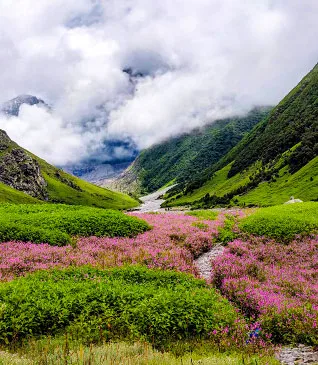
.webp)
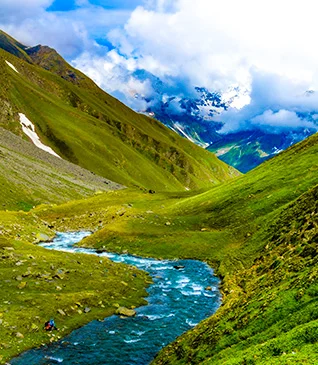
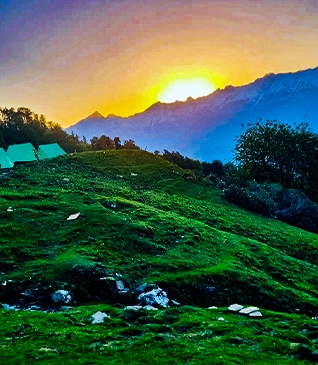
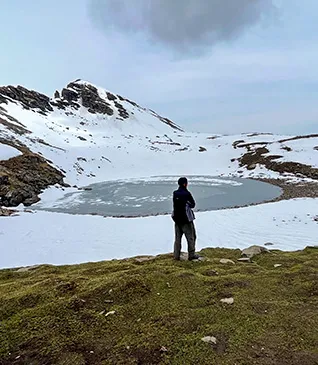
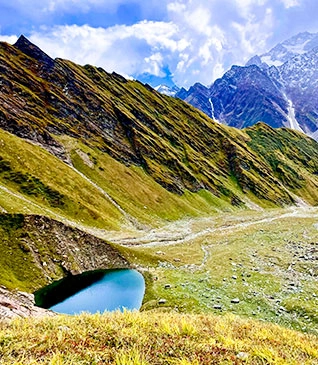
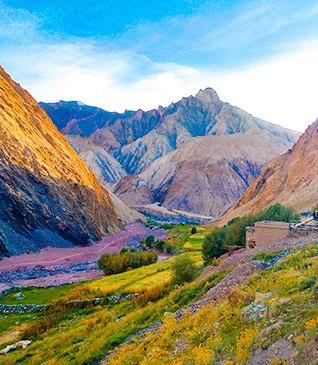
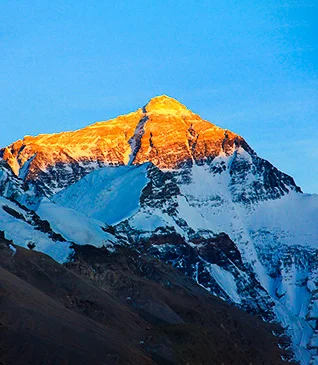
.webp)
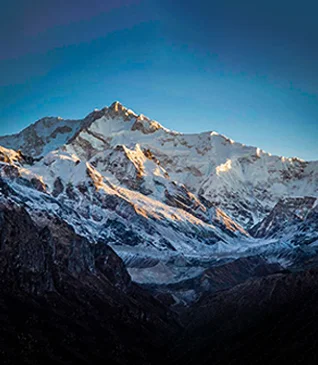
.webp)
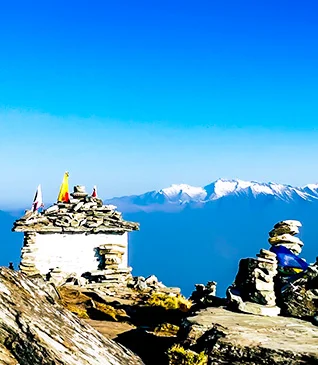
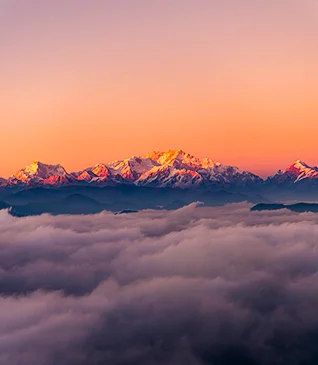
.webp)
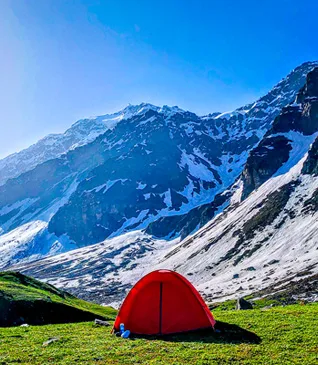
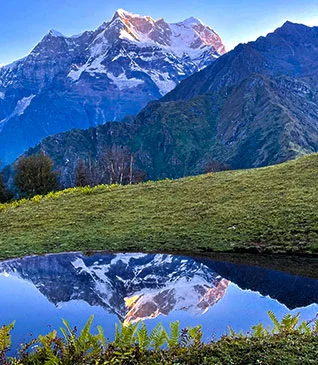
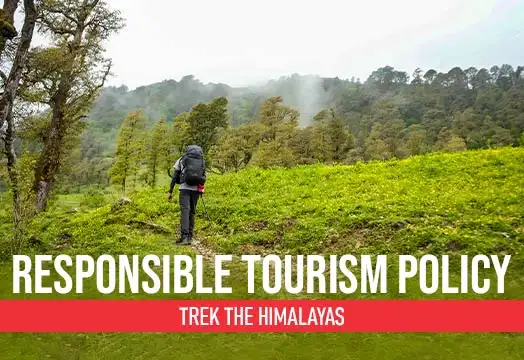

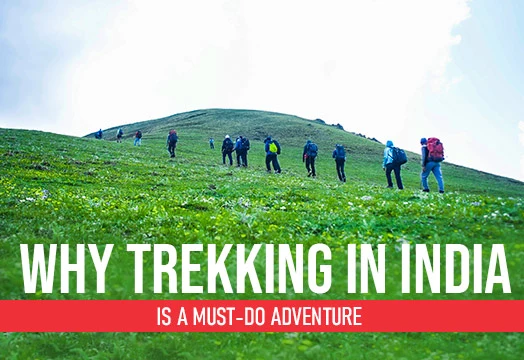

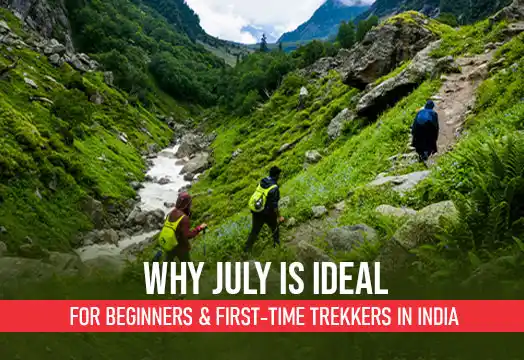

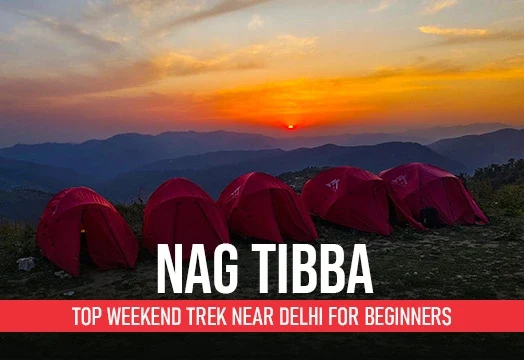
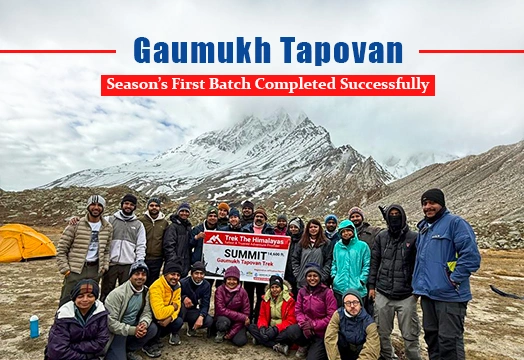

.webp)
